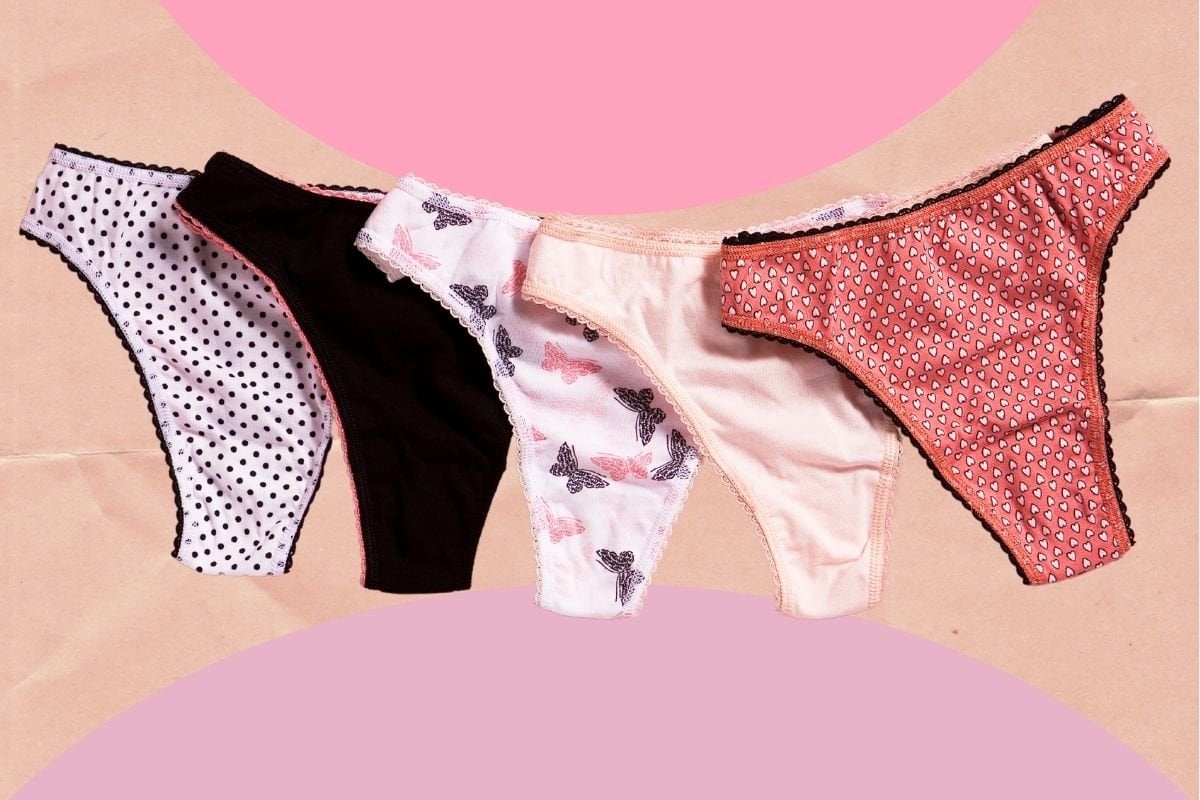
So, you've noticed some weird-looking bumps on your vulva and now you're freaking out and doing the ol' stress-induced Google at 1am. What fun!
Your crazed search history probably looks something like this: WTF do vulva pimples mean? Can you squeeze them? What if vulva pimples have no head? What's normal and what's not? What can I use on vulva pimples? CAN YOU USE ACTIVES ON YOUR VAG?
Watch: On the topic of staring at your vagina, how well do you know your lady garden? Post continues below.
But look - not every bump on your vulva is a major cause for concern. Like, they can be anything from a pimple to a skin infection, and they're actually super common. So, no need to stress.
To save yourself from spending hours staring at your vulva and asking WebMD a lot of confronting questions, it's good to know what pubic area bumps to look out for.
We hit up OB/GYN Dr Nicole Stamatopoulos and dermatologist Dr Cara McDonald, and asked them everything we want to know about vulva bumps and pimples and how you can prevent them.
Listen: Here's why Chrissy wasn’t phased by her vagina flash at the 2016 AMAs. Post continues below.




























































































